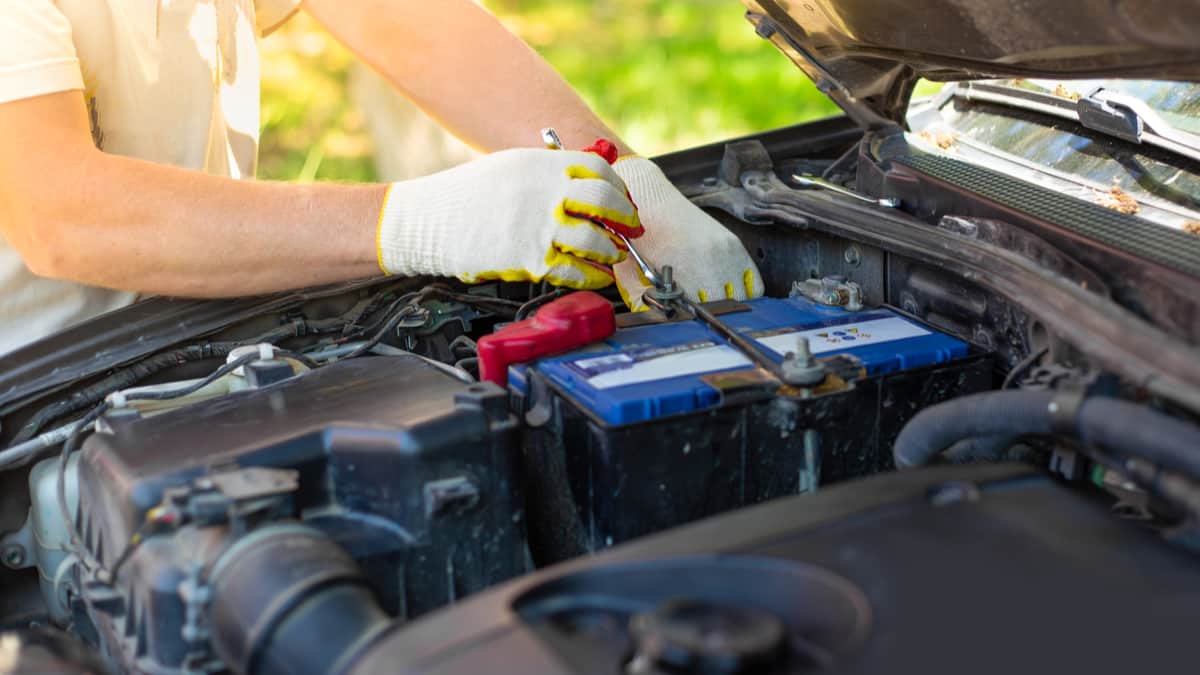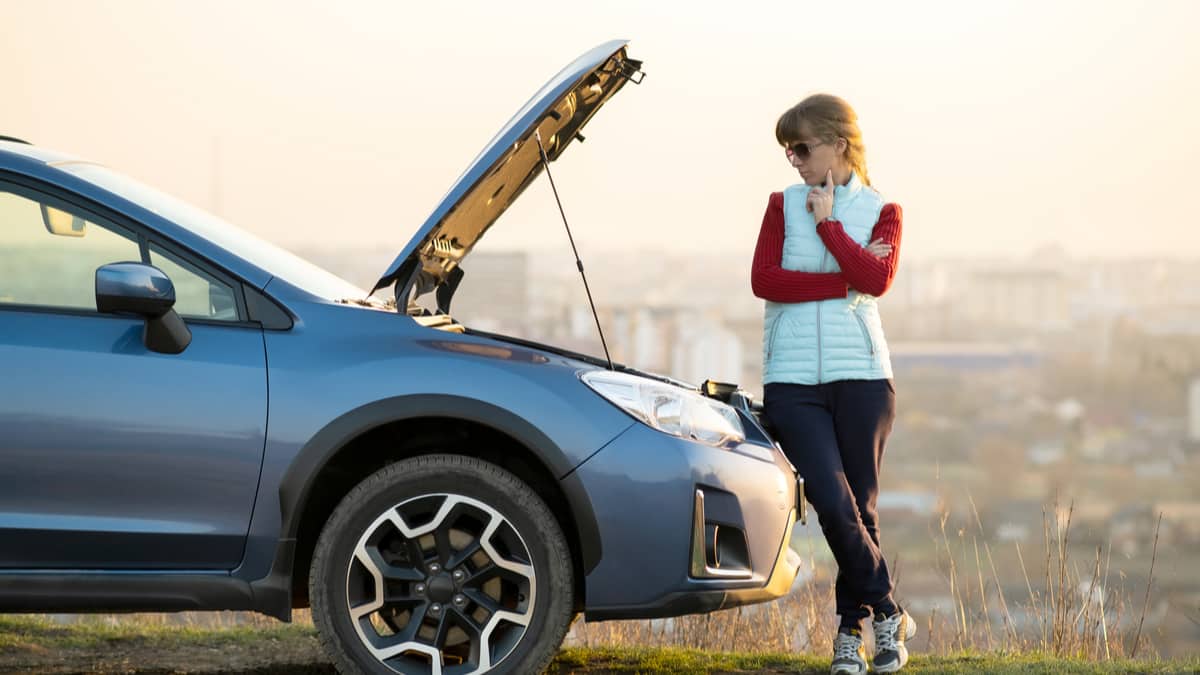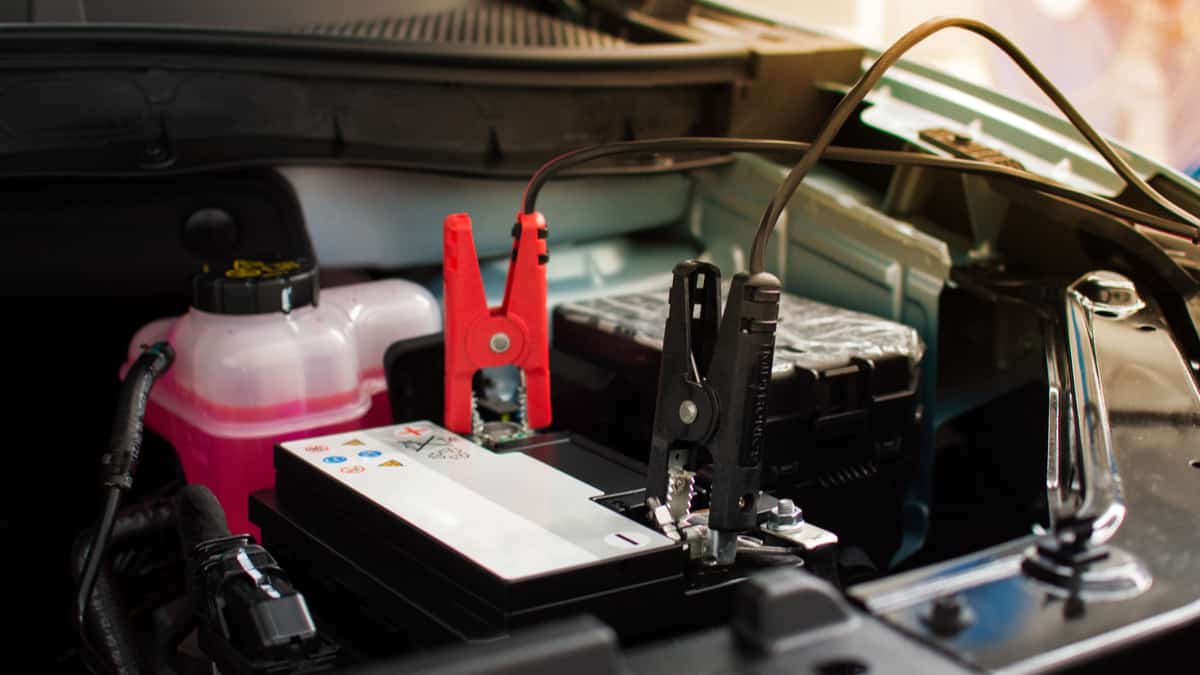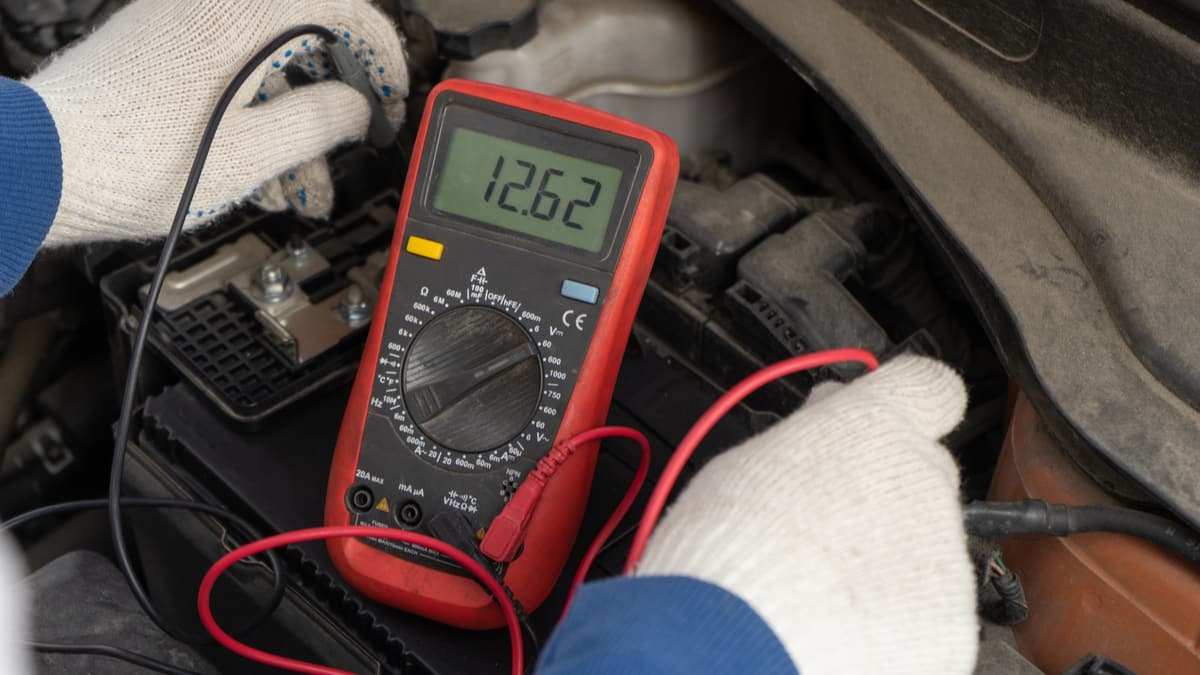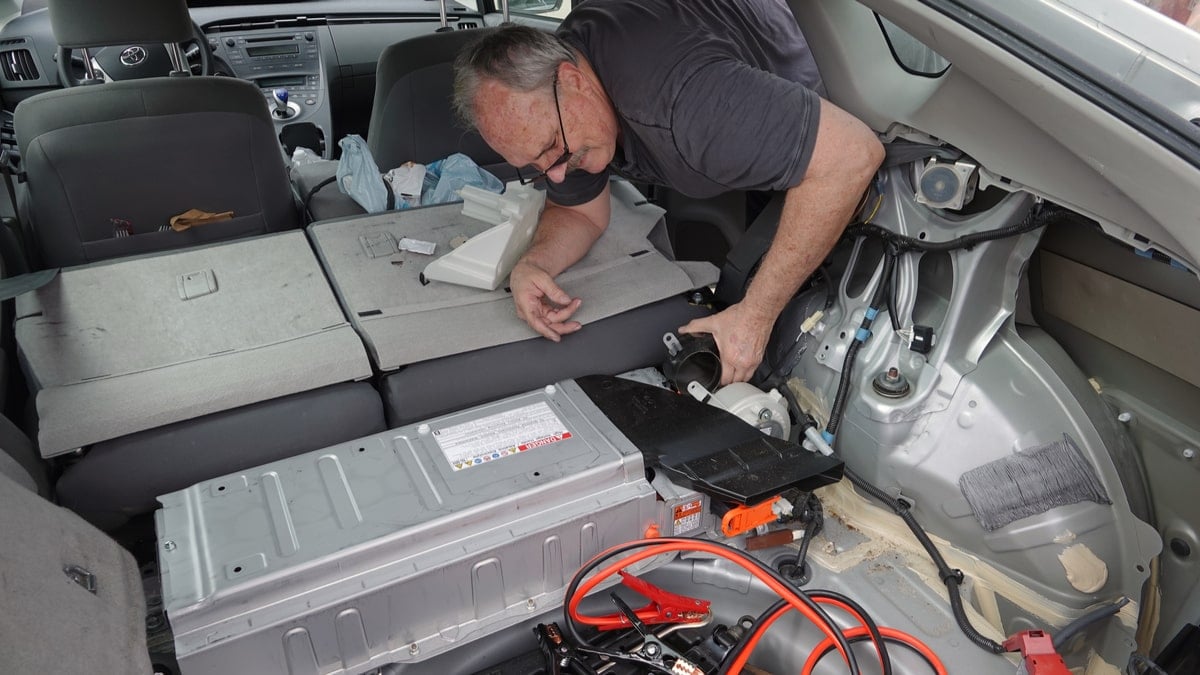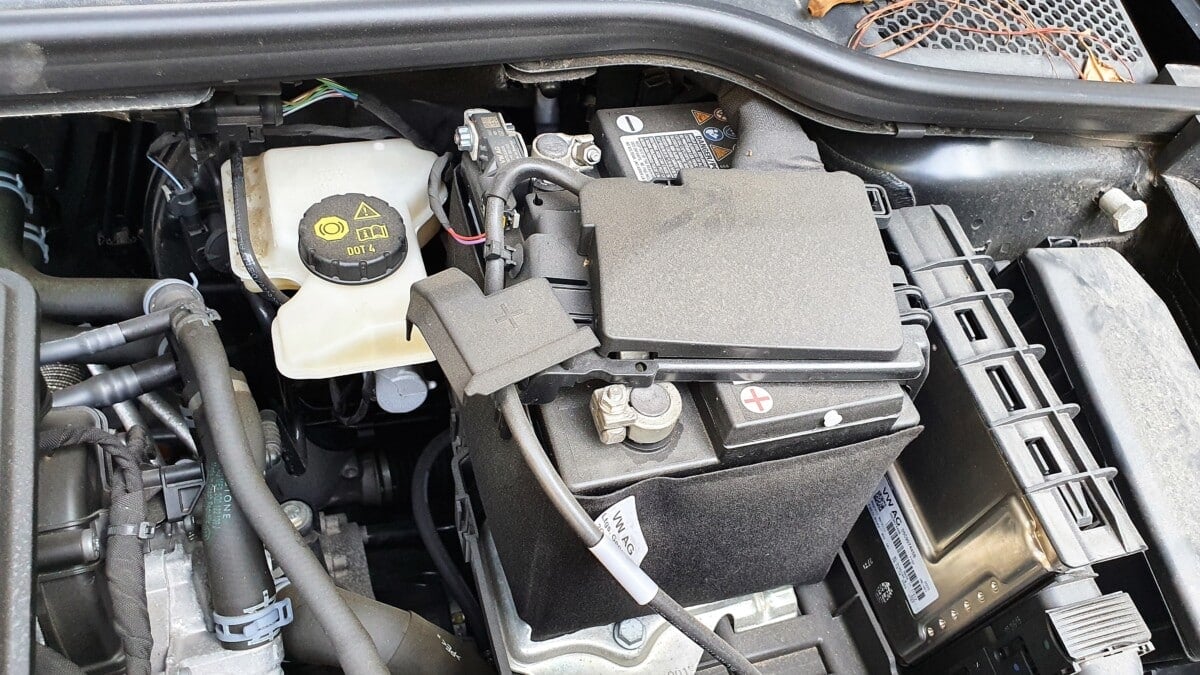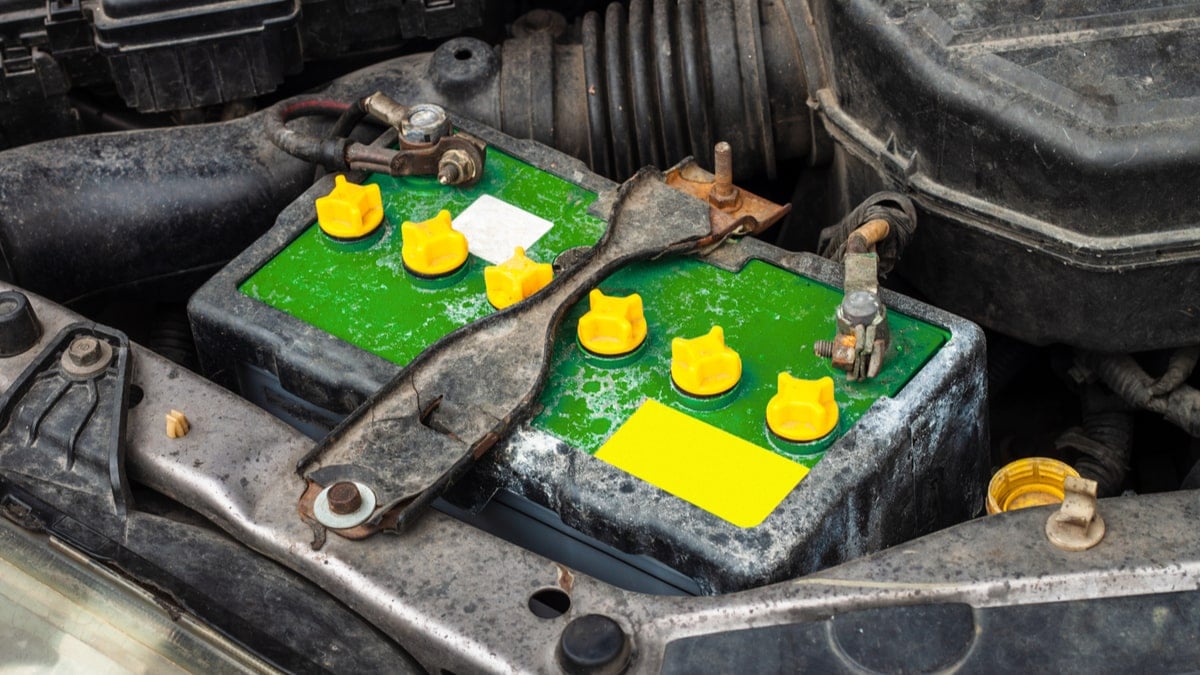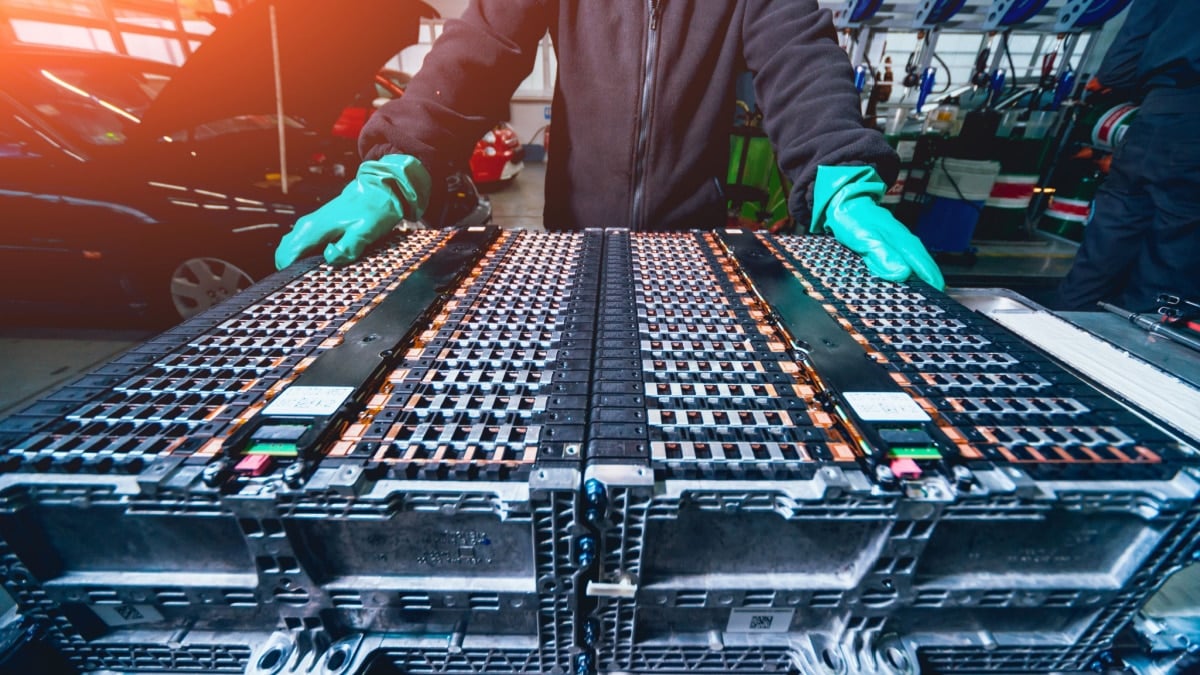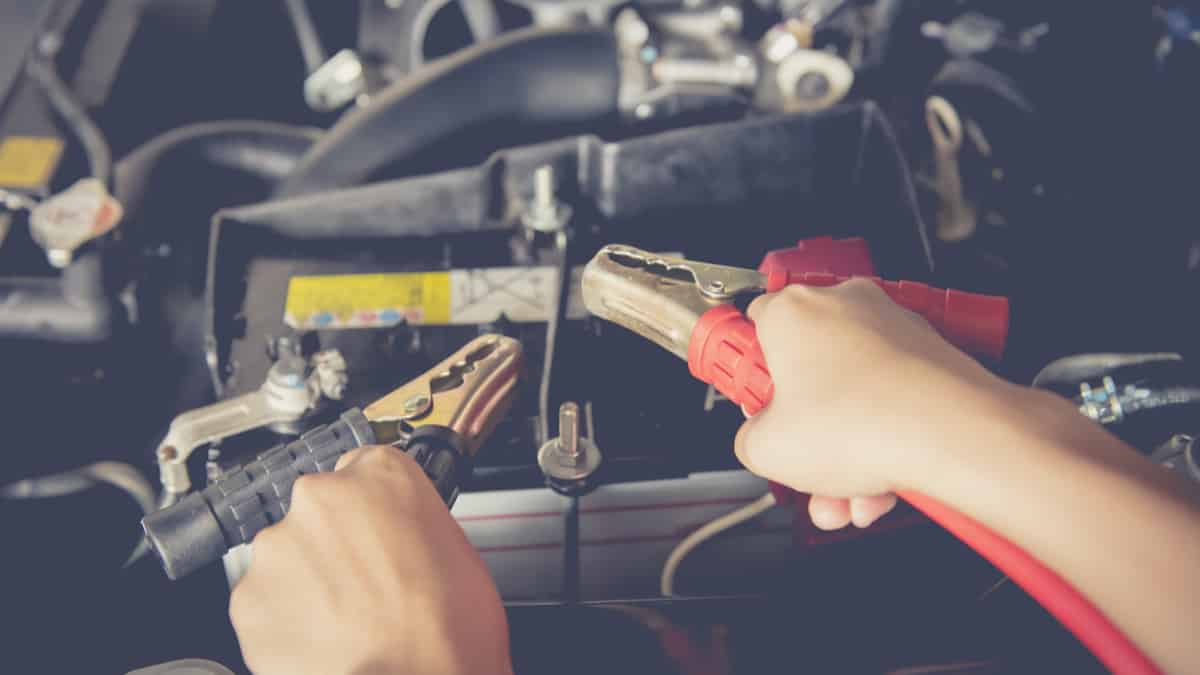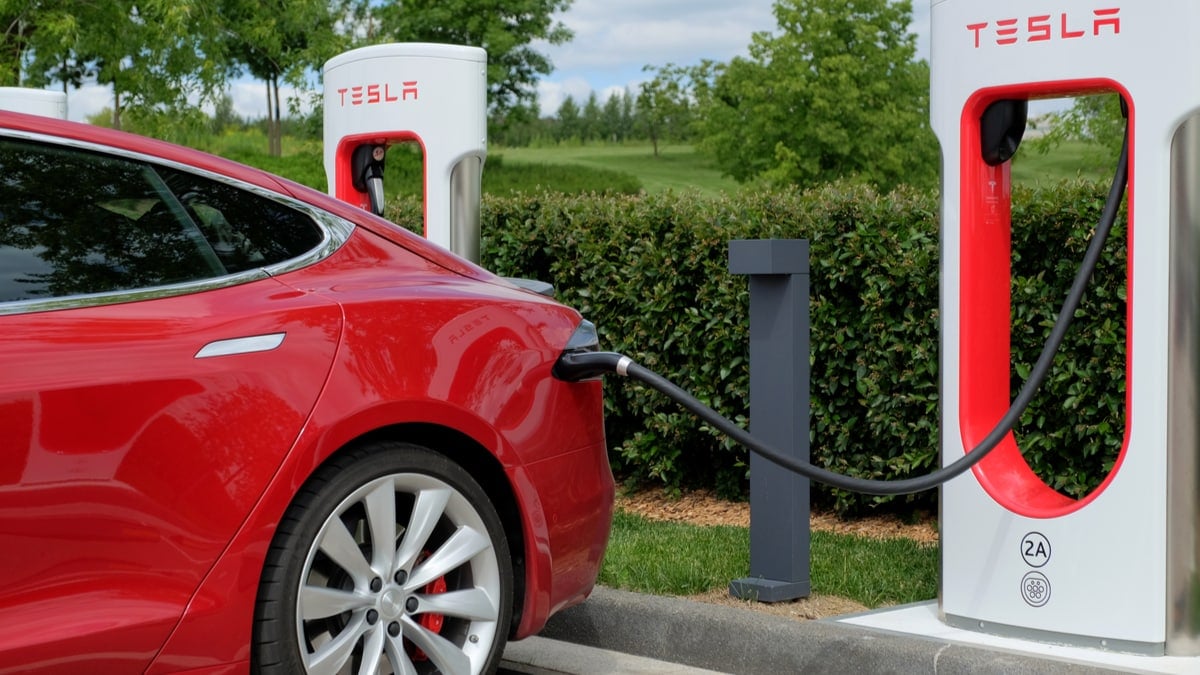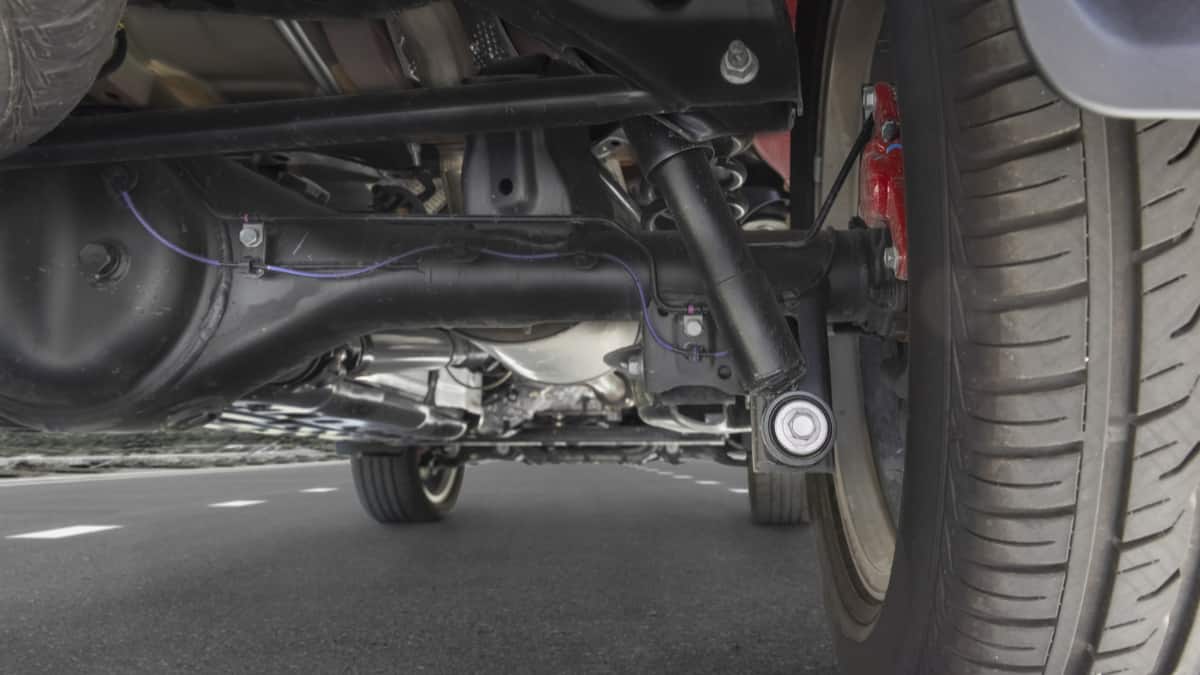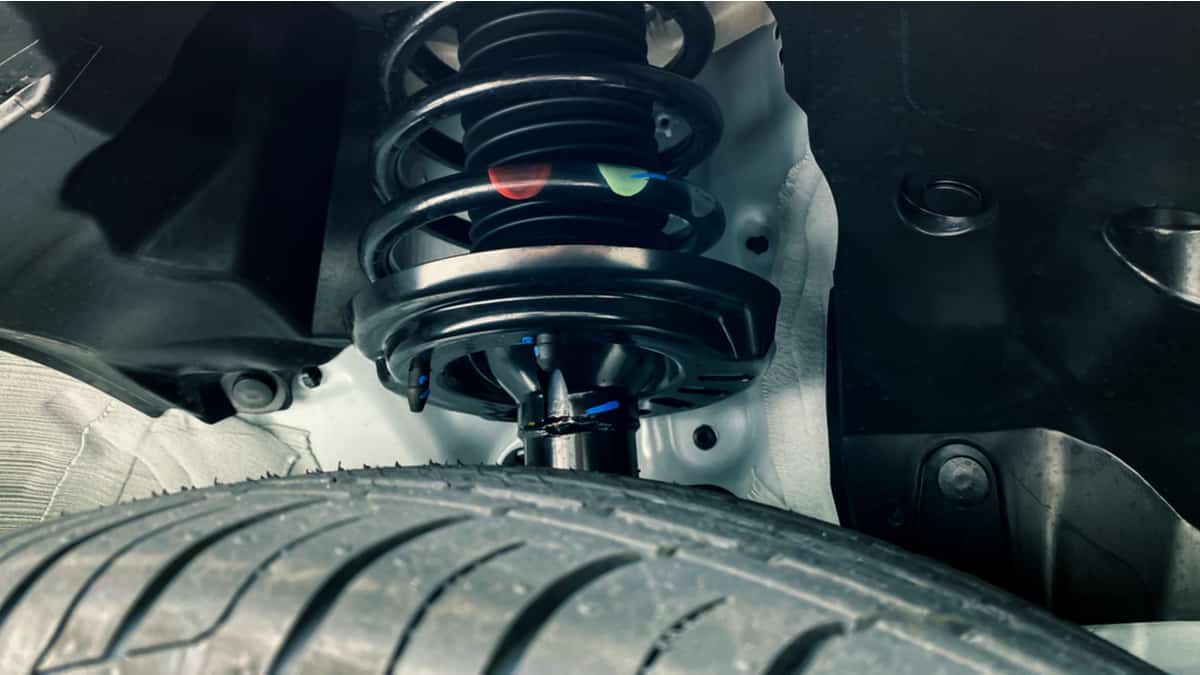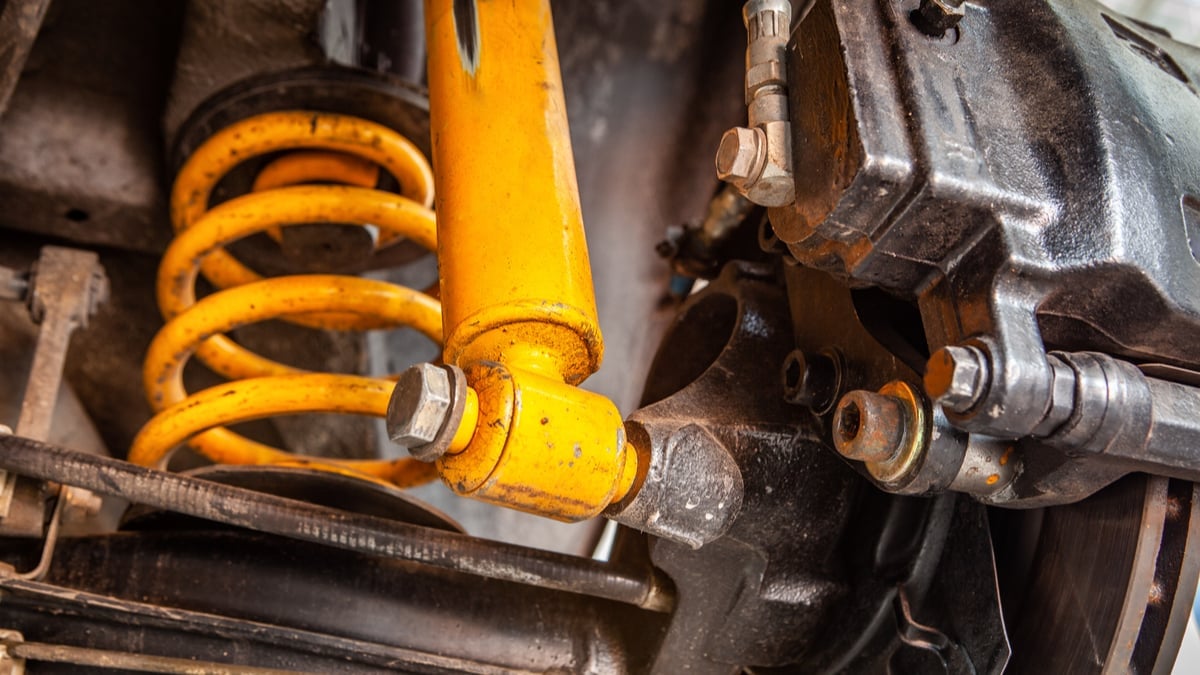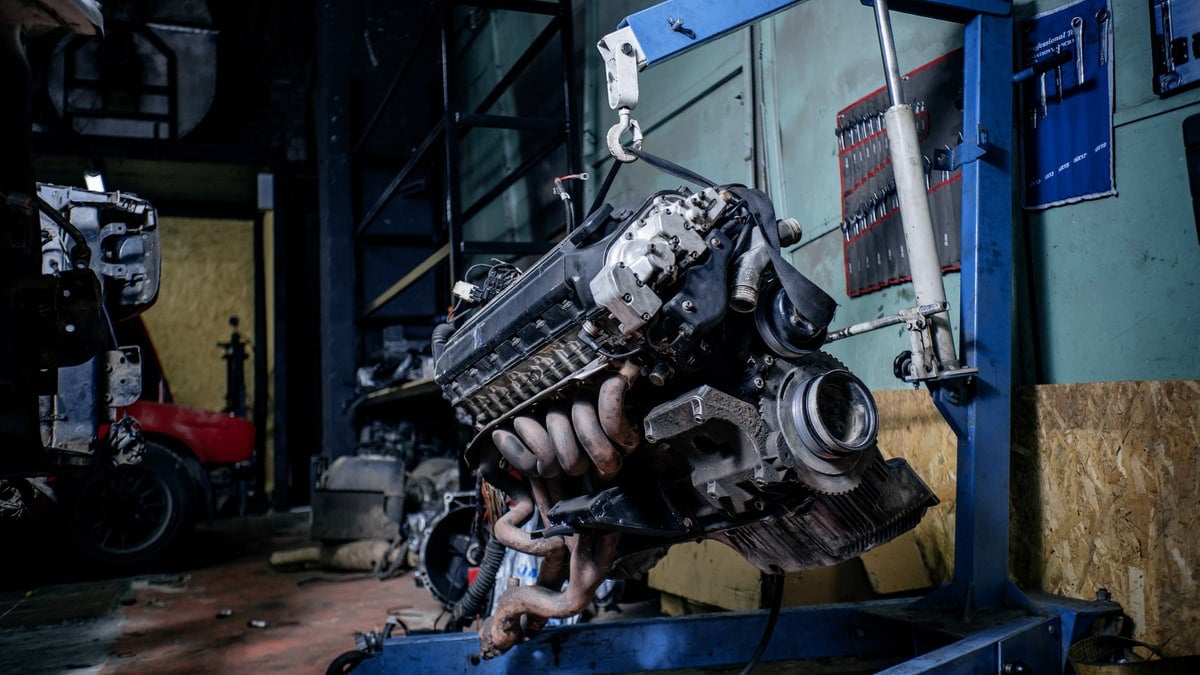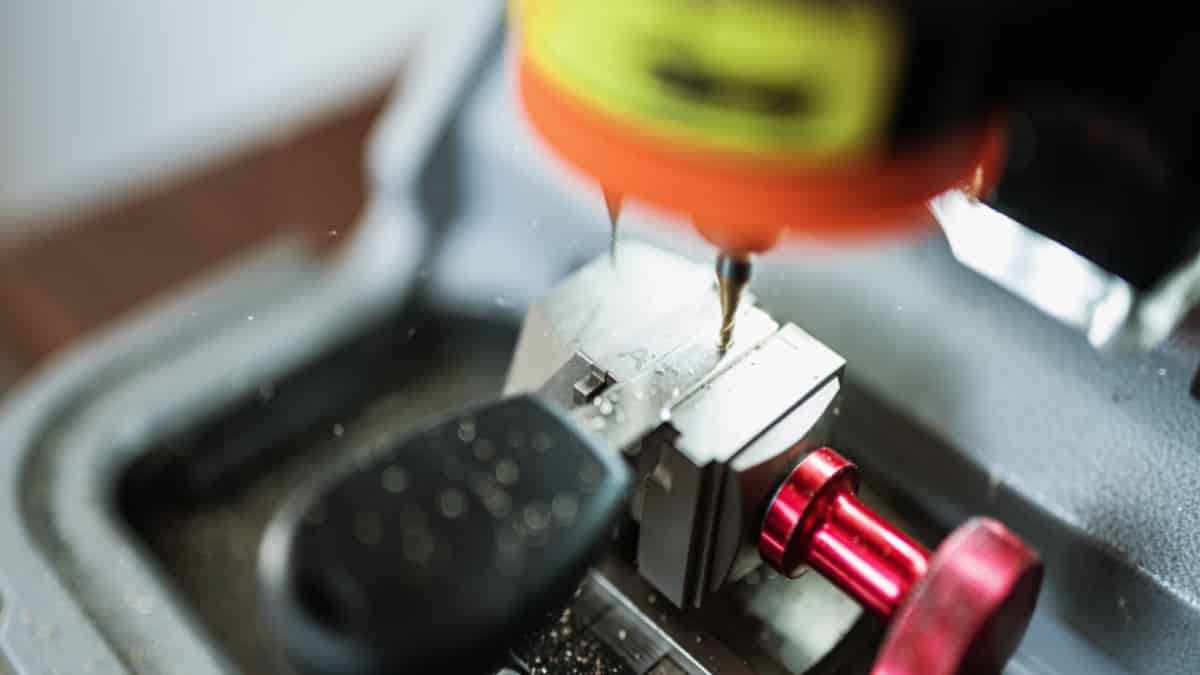The car battery is a part that only lasts so many years. It’s not going to last the lifetime of the vehicle. As soon as it starts to die, it’s important to replace it so you aren’t left stranded. How much does it cost to replace a car battery and is it easy to do yourself?
These are important questions that we plan to answer. We also look at what affects the car battery replacement cost, and discuss where you should buy the battery and how often it needs to be done. Finally, you’ll find answers to questions that have been bothering you.
How Much Does A Car Battery Replacement Cost?
The average car battery replacement cost is between $50 and $250. Several criteria affect how much you will pay, such as the type of car you drive, where you take it to be replaced, and whether you can perform the swap yourself.
Now that you know the average cost of car battery replacement, let’s take a look at the factors that affect the cost to get a better understanding.
How Much Does A Car Battery Replacement Cost?
The average car battery replacement cost is between $50 and $250. Several criteria affect how much you will pay, such as the type of car you drive, where you take it to be replaced, and whether you can perform the swap yourself.
Now that you know the average cost of car battery replacement, let’s take a look at the factors that affect the cost to get a better understanding.
Factors Affecting The Battery Replacement Cost
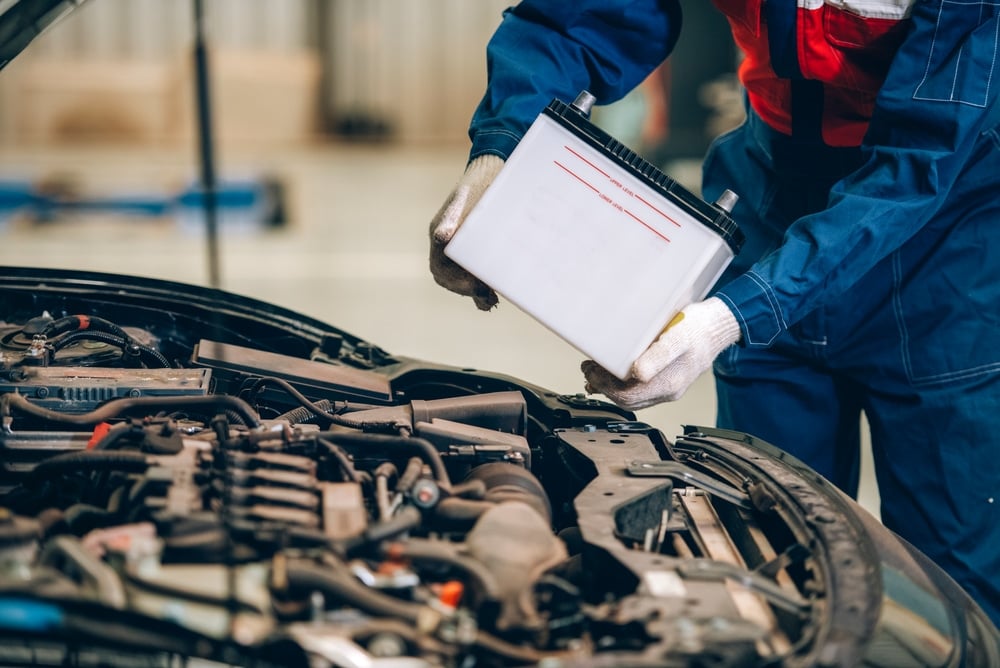
It’s difficult to come up with the exact cost of a new battery without considering some of the most important factors. The battery and vehicle type both play a huge role in what you will spend. There’s also a cost difference based on where you take the vehicle or if you are going to replace it yourself.
Let’s look at these factors closer.
1. Type Of Battery
Battery costs depend heavily on what type you choose. Large batteries are going to have more amps of electrical currents, providing additional power and a larger reserve capacity. However, all of this comes with a heftier cost.
The brand of the battery also matters because some companies use premium materials that cost more. High-end brands may cost you more upfront, but they should also last longer than cheap, no-name brands.
Reserve capacity is another factor to consider. This term describes how long it takes the battery to reach full discharge under certain conditions. The higher the reserve capacity is, the more likely it has a bigger price associated with it.
2. Vehicle Type
The type of vehicle you drive affects the size and type of battery you need. You can’t get a universal car battery that fits all makes and models. Instead, you need the one that matches the voltage needs of your vehicle and will securely fit in the box provided under the hood.
Compact batteries are much cheaper to buy than one for a full-size truck. That’s the case with most maintenance costs, where larger vehicles tend to cost more overall.
3. Do-it-Yourself vs. Professional

You aren’t going to be charged a lot by a mechanic to install a new car battery. Frankly, it’s not a difficult task to perform. Yet, you can still save money if you choose to do it yourself. The job only requires basic tools and it can be done in a driveway. We will discuss more about that in a few minutes.
If you prefer to visit a mechanic, expect to spend anywhere from $50 to $100 to have it replaced. Most mechanics don’t charge less than $50 for any service, no matter how fast it is. On the other hand, if you buy the battery at participating auto parts stores, many of them offer free battery installation with the purchase.
4. Shop Location
Did you know that labor rates vary by location? What you may spend in Tennessee isn’t the same cost in California.
Additionally, the type of location you live in can make a difference. If you have a mechanic in a rural setting, they are likely going to charge less than one in the city.
When Should the Car Battery Be Replaced?
You are forced to replace the car battery if it stops charging and you can no longer start the vehicle. Once it fails to hold a charge, you won’t have another option. Yet, there are signs that it’s time to change the battery before this happens.
Here are some signs to watch for.
- Trouble starting the car: If it takes longer to start the car than normal, you may have a dying car battery.
- Dashboard warning lights: The battery light may come on if it is unable to charge and is getting weak.
- Dimming lights: As the battery drains, the lights on your vehicle and electronics may not seem to run normally.
- Low electrolyte levels: If you have an unsealed battery, you can check the fluid inside. If it’s getting lower, it could be dying.
- Swollen case: Excessive heat can cause the battery case to swell and it reduces the battery life overall.
- Foul smell: If you smell rotting eggs, there could be something wrong with the car battery.
However, if you see corrosion on the battery, this could be interfering with the connection. Corrosion can cause a lot of the same symptoms as a dying car battery. Clean off the battery and see if the symptoms disappear.
Additionally, you can have the battery tested if it appears to be dying. When the car gets harder to start or the electronics get dimmer, you can replace the battery before it dies. You want to check the car battery often – especially before the weather gets cold.
Most car batteries aren’t going to last longer than five years, even in optimal conditions. Therefore, if it hasn’t been replaced in a while, you may want to have it tested.
Where To Buy A New Car Battery?
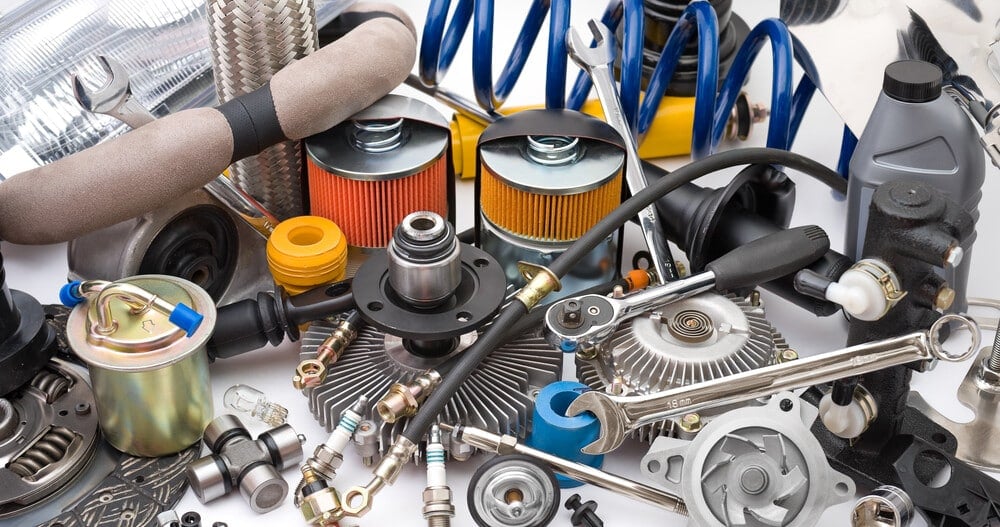
There are several options available to you when choosing where to purchase a new car battery. Let’s examine the pros and cons of various choices.
1. Amazon
You can find nearly every brand of car battery available on Amazon. If you have a Prime membership, you may not even need to pay for shipping. Additionally, it doesn’t normally take more than a day or two to get your car parts from Amazon.
However, you have to verify that the battery will fit your vehicle. You may not be able to return it if you choose the wrong one. Additionally, there are no installation options when purchasing a battery online, which isn’t a big deal if you plan to put it in yourself.
2. Auto Parts Store
If you visit a local Advance Auto, AutoZone or O’Reilly Auto Parts, you can get your new battery the same day. In some cases, you can also order online for store pick-up. If you don’t feel like installing the battery yourself, let the team at the store handle it for free. That saves you the trip to dispose of the old battery.
However, many auto parts stores have a limited selection. Additionally, the prices tend to be higher than most other options.
3. Walmart Auto Center
Walmart carries the EverStart and Optima lineup of batteries, so you won’t have a huge selection to choose from. However, these batteries are available at super low prices, helping you stick to a budget. There’s also a Walmart in almost every neighborhood, so you shouldn’t have to travel far to get a new battery.
If you want to pay for installation, the technicians can handle that for you. Otherwise, just replace it yourself and return the old battery for a refund.
4. Costco
Costco sells Interstate batteries, but you can’t get them unless you are a member of the warehouse club. These batteries receive good reviews and are normally priced well.
The auto center at Costco isn’t going to test a battery for you or install a new one. It can also be difficult to find car batteries unless you need a popular size.
5. AAA Roadside Assistance
If you get mobile battery service with AAA, you can get a Duracell battery brought to you on the road. While you don’t need to be a member to get this service, it does cost more for non-members.
The great part about this is that you don’t have to do anything. They come to you and test the old battery before replacing it with a new one. However, the replacement isn’t available for all makes and models, so you could end up being disappointed.
How To Replace A Car Battery Yourself
We highly recommend replacing the car battery yourself. The job is simple and it’s a great way to save a few bucks. Here are the steps to follow.
- Park your vehicle on a level surface. Make sure you have the radio code, if applicable.
- Disconnect the car battery with gloves on. Start with the negative terminal (black or – sign). Once that’s removed, you can do the same with your positive terminal (red or + sign). You may need a socket or a wrench to loosen the nut.
- Remove the battery. It may be held in place with a clamp. Be careful when lifting the battery out of the car, as it can be heavy.
- Clean the terminals. Before installing a new car battery, make sure the connectors are free of corrosion with a simple baking soda and water mixture.
- Install the new battery. Apply corrosion-resistant gel to the terminals and on the connector ends. Place the new battery into the compartment and secure it with the clamp.
- Reinstall the connectors, starting with the positive cable first.
- Make sure the connectors are secure and tight.
Do not throw the old battery in the trash. Instead, you must take it to a recycling center or retailer that accepts car batteries.
How often should you replace your car battery?
Most car batteries need to be replaced every three to five years. If you start having trouble getting the engine running or you notice that the lights are dimming, it may be time to put a new battery in. Most auto parts stores will check the battery life for free.
Is $200 expensive for a car battery?
It can be if you have a small compact car and don’t need a high-powered battery. However, this would be considered a low price for a heavy-duty truck that requires a lot more voltage. Look online for estimates for your vehicle type to determine what would be considered normal.
Will AutoZone install a battery?
Yes, but only if you purchase the battery from the store. AutoZone isn’t going to install a battery that you bring with you. The good part about having it installed right at the store is that you don’t have to go anywhere else for the disposal of the old one.
Does AutoZone charge a fee to charge a battery?
No, the charging service is free to customers. You can also have one installed for free that you purchase at the store. While you are there, you can also dispose of the old battery without any more travel time. However, you may pay more to get the battery from AutoZone and the selection isn’t that great.
How long does it take to replace a car battery?
It’s best to set aside an hour to replace the car battery, especially if you’ve never done it before. However, in most cases, car battery replacement takes thirty minutes or less. It’s simply a matter of removing the old battery and reconnecting the new one.
Can I get money for a bad car battery?
If you purchased a car battery at the auto parts store, you paid a core charge that you receive back when you return the old battery. Otherwise, you may be able to sell the old battery for a small amount of money to a junkyard or recycling location.
The car battery replacement cost can be minimal or more expensive, depending on the type of vehicle you drive. You may also spend more to get a good brand, but that extra quality should equate to more hours of driving your vehicle.
Explore the options for your vehicle online and research the various car battery brands to ensure you are getting a decent replacement. If you are unsure what to do, it’s always best to speak with a professional.
Categories: Car Battery, Estimator
